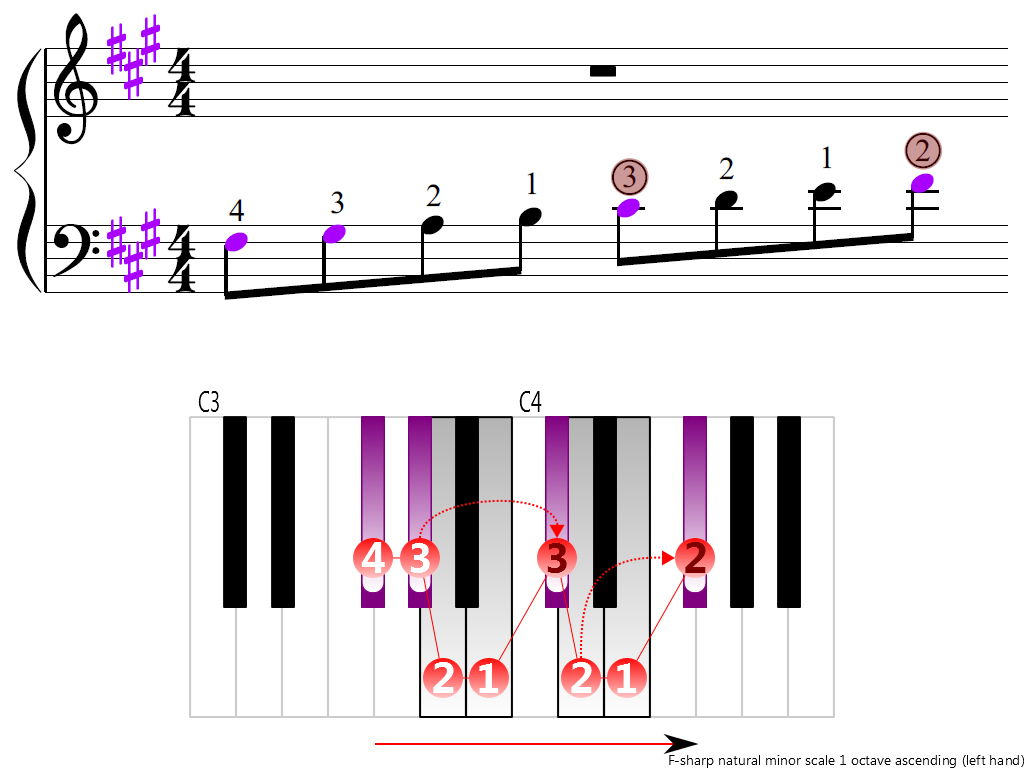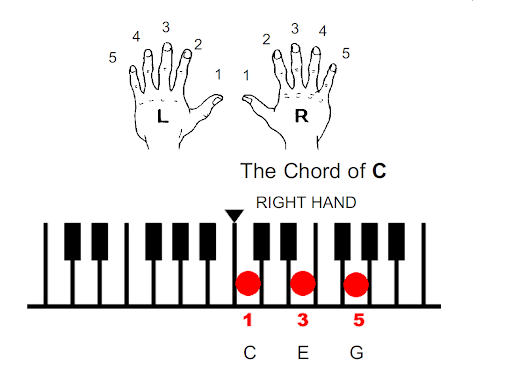Learn And Play Piano Scales Easily
Learning piano scales is like building the foundation of your music house. Scales train your fingers, sharpen your ear, and make learning songs easier.
Let's start with the most beginner-friendly one: the C Major scale.

What Are Piano Scales?
A piano scale is a sequence of notes played in a specific order, either going up (ascending) or down (descending)
Scales are the building blocks of music. Every melody or chord progression starts from one.
The C Major Scale: Your First Scale
The C Major scale is perfect for beginners because it uses only white keys.
The notes are:
C - D - E - F - G - A - B - C
This scale follows a pattern of whole steps (W) and half steps (H):
W - W - H - W - W - W - H
Example: Try This!
Place your right-hand thumb on C, and play each white key up to the next C.
Say the note names aloud:
C, D, E, F, G, A, B, C
Finger Numbers for C Major
Right Hand (ascending):
1 (thumb) - 2 - 3 - 1 - 2 - 3 - 4 - 5 (pinky)
Left Hand (ascending):
5 - 4 - 3 - 2 - 1 - 3 - 2 - 1
Start slow. Focus on smooth finger transitions, especially the thumb tuck (right hand) and crossover (left hand).

Why Learn Musical Scales on Piano?
Practicing musical scale piano builds:
• Finger strength and independence
• Better hand coordination
• Key familiarity
• Improvisation & songwriting skills
Tips to Practice Keyboard Piano Scale
• Practice hands separately first
• Use a metronome for steady rhythm
• Say note names aloud
• Keep fingers relaxed and curved
• Repeat daily even 5 minutes helps
Try other beginner scales next, like G Major or F Major (each adds just one black key).
Piano Keys and Scales Basics
Every key on the piano belongs to multiple scales. Once you learn a few, you'll spot patterns in songs quickly.
Start with major scales, then explore minor scales and modes later.